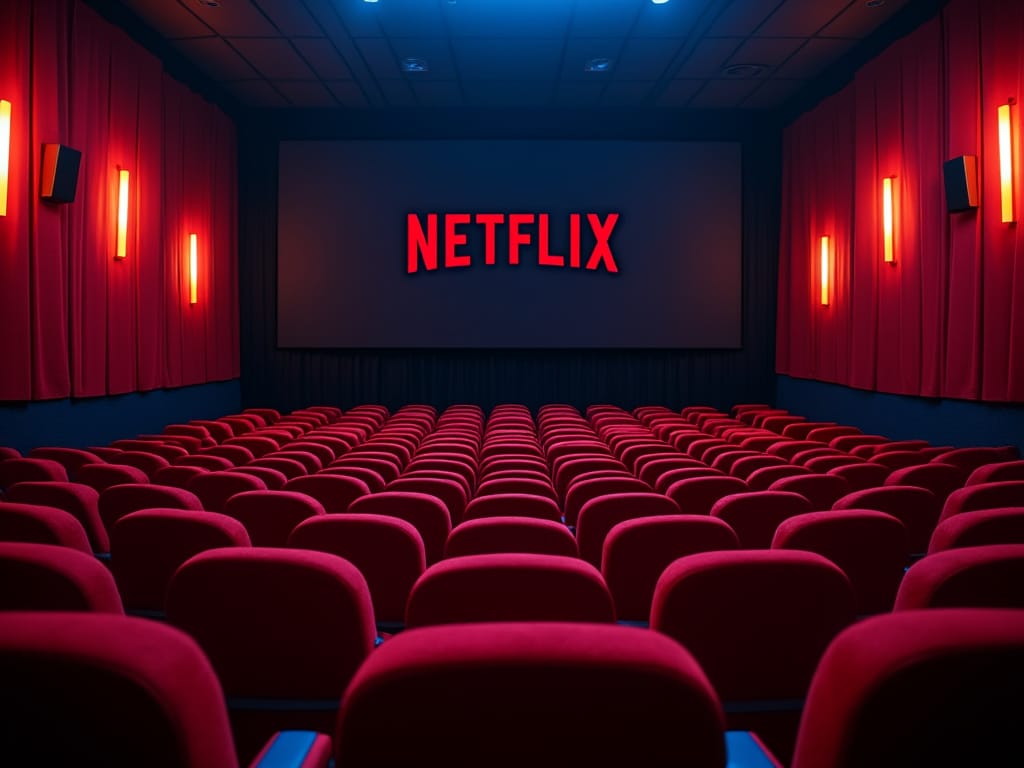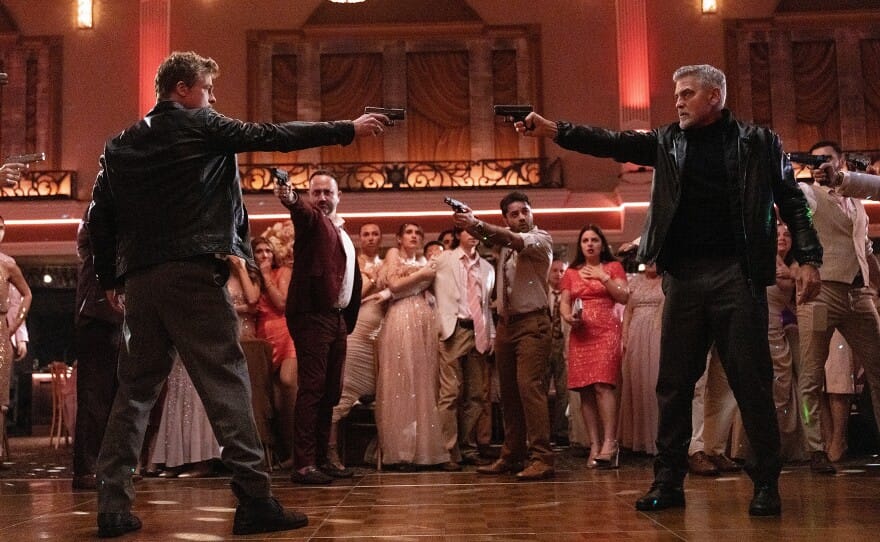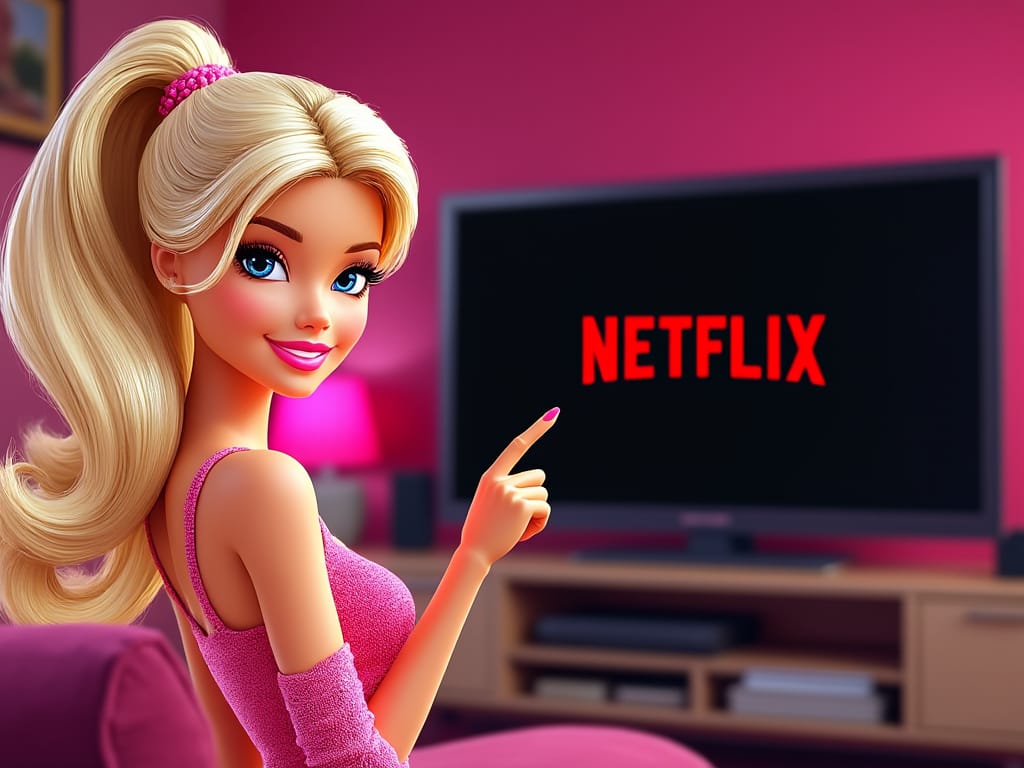The Streaming Salvage

There's a new math hitting Hollywood:
Amazon Studios spent $250 million to make “Red One,” a comedic holiday action film starring Dwayne Johnson and Chris Evans. Then the company pushed the film into more than 4,000 theaters, spending tens of millions more to market it.
So when the movie racked up only about $80 million in domestic box office receipts in recent weeks — half of which goes to the theater operators — it looked like a huge investment gone horribly bad.
Not so fast, Amazon says. “We did this for a very specific reason,” Courtenay Valenti, the company’s head of film, said.
And that reason: to make it a streaming hit.
This is obviously easy for her to say in hindsight after Red One became Prime Video's most successful streaming debut to date, but well, I made the same case just a couple months ago. In a post entitled Netflix's Next Backtrack: Movie Theaters, I wrote:
It is increasingly the reality of the business. Yes, there are a handful of movies each year that find great success in theaters. But for most films, it's increasingly about spreading word and boosting clout. It's sort of like back in the day when DVDs became the biggest part of the business, but the model didn't really work without the theatrical release. 'Straight-to-streaming' works a lot better than 'straight-to-DVD' did, but 'quick-to-streaming' would work even better for many movies.
It's marketing 101, a theatrical release, even if it's not a blockbuster, buys clout for a movie and helps immensely with awareness when it goes to streaming. It doesn't need to be a worldwide-release – in fact, it shouldn't be for the vast majority of movies these days, as a movie bombing at the box office can have the opposite effect, though I bet more people want to stream Megalopolis now just to see how bad it really is, etc – but enough to whet the appetite for streaming.
And that's exactly what happened with Red One – in old-school terms, given its budget, it was a bomb. But in the new school, it's a hit. Again, I think this is a bit much – how many sign-ups for Prime did it really drive for Amazon? – but it's certainly a lot less of a bomb. The sheet number of people who watched on Prime Video could have watched basically an infinite number of others movies, they gravitated towards Red One because it was a big theatrical release with big stars. I know this because I lived this – this was my family this past weekend.
Never mind that the movie wasn't great. Beyond that being obviously subjective, that matters more for theaters because you're asking people to spend a lot more time (to get to the theater, sit through adverts, etc) and a lot more money (ticket prices, concessions, etc). On streaming, the movie is basically "free", in that you've already paid for it. And word-of-mouth matters less than the movie being served up to you on whatever glass surface you happen to be perusing.
Back to Sperling with regard to how Netflix had shifted the mentality:
On top of that, the thinking went, streaming would give movie studios a chance to spend far less on the expensive marketing required for a theatrical release. The algorithm would do all the work instead.
But the industry has now largely come to a very different conclusion: The key to making a movie a streaming success and attracting new subscribers is to first release it in theaters. It turns out that all the things that make theatrical movies successful — expansive marketing and public relations campaigns, and valuable word of mouth — continue to help movies perform once they land in the home.
She goes on to cite data showcasing that the movies that perform the best on streaming – including, notably, those on Netflix – are predominantly ones that were released in theaters first. And quotes from basically every studio head outside of Netflix are clearly on board with this notion now.
Yet Netflix remains stubborn. And they've already lost at least one movie as a result: the new Emerald Fennell-helmed, Margot Robbie-starring Wuthering Heights. Warner Bros won the rights despite a lower bid. You already know why.
And now Robbie's Barbie collaborator, Greta Gerwig, is putting pressure on Netflix to give her take on The Chronicles of Narnia a theatrical release. She may have smartly found a wardrobe, as it were, to get what she wants in the form of IMAX – a size and scope that Netflix can't match. And one which they'd be stupid to turn down.
And they won't. But they're clearly still trying to figure out a way to do it without ensuring that all talent wants similar treatment. But again, that's dumb. Netflix should be the one driving this theatrical component. As I wrote in a follow-up post, Can Barbie Break Netflix?:
But the whole thing is stupid – Gerwig shouldn't have to help Netflix save anything. They should want to do this! Releasing Narnia in IMAX for a few weeks before going to Netflix would be a massive win/win for both sides. Actually, it's more like a win/win/win because Gerwig gets her theatrical release, IMAX gets a massive title from a top talent to showcase over the holidays, and Netflix gets to have their top talent-driven massive title showcased whilst making undoubtedly a shit-ton of money at the box office, which they would get a huge cut of!
It's ridiculous that this is any kind of debate. And that Gerwig (apparently) had to go behind Netflix's back to cut such a deal herself. Netflix should be thanking her and Gelfond!
Again, this isn't a playbook for every movie. Not even most. But for the big ones, the Narnia-sized ones, obviously! Back to Sperling:
Still, the theatrical movie business is very risky. For every “Wicked” that becomes a cultural phenomenon there is a “Joker: Folie à Deux,” for which equal amounts of effort went into determining its success only to have audiences flat out reject it in theaters.
Yet, like the marketing campaign for “Red One,” the one for “Joker” will not go to waste. A couple of weeks ago, Mr. Bloys said he expected the film, which grossed only $58 million at the domestic box office, to have a strong showing on Max.
He was right: Max released the movie on Friday, and it was service’s No. 1 title over the weekend.
If you can salvage Joker 2, you can salvage anything. This should not be so hard for Netflix to understand. And it won't be forever.






